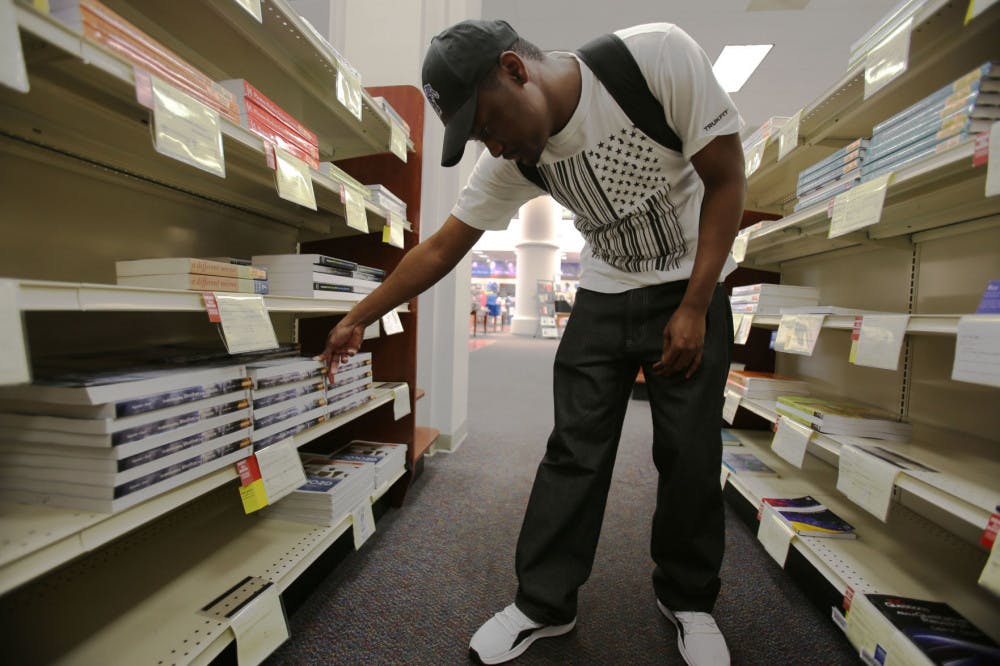The prices of college textbooks have gone up in past years, and students at the University of Memphis could pay hundreds of dollars for their books.
College textbook prices have inflated by 200 percent since 1997, according to a 2018 study from American Bankruptcy Institute titled “Price Changes for Select U.S. Consumer Goods and Services, and Wages.” College textbooks are the second highest consumer good that has inflated in price, falling shortly behind hospital services.
Jamin Speer, an economics professor at the U of M, said college textbook prices are rising because the quality of textbooks has improved over the years. He also said more people are going to college, which raises the demand for books and increases the cost. Most professors are not aware of the cost of the books they assign their students, Speer said.
“The people who make the decisions about textbooks are not the people who have to pay,” Speer said. “It’s like when a doctor prescribes drugs, he usually doesn’t know what they cost. A professor, unless they do research, they don’t really know what the cost of this thing that they’re picking is.”
Angela Grant, a mathematics professor at the U of M, said many professors are aware of how expensive textbooks have become and are making efforts to find cheaper alternatives for their students. She said she gives her students the option to purchase an online access code for their textbook in her classes, which is typically $100 as opposed to $250 for the full book.
“As soon as my students started ordering (the textbook) from Amazon, the first girl bought it for about $18,” Grant said. “Then the price went up to $50. Then the price went up to $330 because Amazon knew that somebody out there had required it. So, I told them don’t buy any more of them, we can just make xerox copies.”
Speer said many students at the U of M are not wealthy, and he does not believe it’s reasonable for professors, who have a choice, to assign a textbook with a high price to their students. He said he has begun to research the cost of books before assigning them after finding out he assigned a freshmen class a $300 book three years ago.
“This fall semester, I’ve spent between $500 and $600 on books and codes,” said Caleb Jordan, a 19-year-old business major. “It’s frustrating because at a minimum wage job, it takes a while to save up for that.”
Some students have found their own ways of saving money on textbooks, such as searching online for free PDFs of their assigned books or buying them cheap from friends who previously took the class. Some students save money because departments use one textbook for multiple classes, like the Rudi E. Scheidt School of Music at the U of M.
“With the music program, our classes tend to reuse the same book,” said Jessica Willis, a 21-year-old music industry major. “So, it’s just like you buy one book, and it applies to multiple classes.”
M. David Rudd, president of the U of M, tweeted Aug. 29 about the inflation of textbook prices, writing that he is “putting together a group to take on the textbook problem.”
Malik Shelluy, a junior accounting major, looks at books in the University bookstore.




